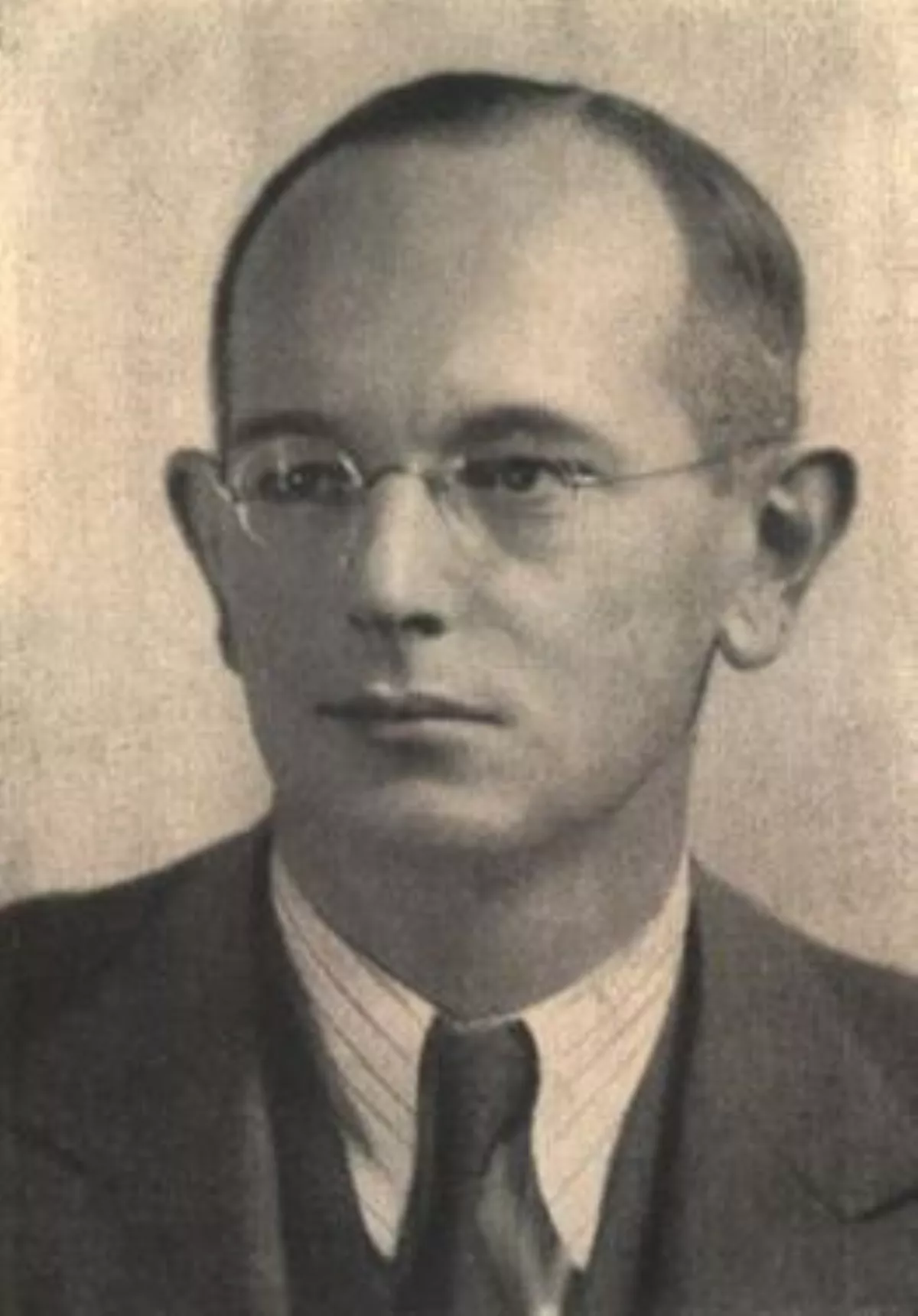 1.
1. Wilhelm Cauer was a German mathematician and scientist.

 1.
1. Wilhelm Cauer was a German mathematician and scientist.
Wilhelm Cauer is most noted for his work on the analysis and synthesis of electrical filters and his work marked the beginning of the field of network synthesis.
Wilhelm Cauer initially specialised in general relativity but soon switched to electrical engineering.
Wilhelm Cauer studied early computer techniques in the US prior to returning to Germany.
Wilhelm Cauer was murdered during the fall of Berlin by Soviet soldiers.
Wilhelm Cauer's legacy continues today, with network synthesis being the method of choice for network design.
Wilhelm Adolf Eduard Cauer was born in Berlin, Germany, on 24 June 1900.
Wilhelm Cauer's father, Wilhelm Cauer, was a Privy Councillor and a professor of railway engineering at the Technische Hochschule in Charlottenburg.
Wilhelm Cauer became interested in mathematics at the age of thirteen and continued to demonstrate that he was academically inclined as he grew.
Briefly, Cauer served in the German army in the final stages of World War I He married Karoline Cauer in 1925 and eventually fathered six children.
Wilhelm Cauer started off in a field completely unrelated to filters; from 1922 he worked with Max von Laue on general relativity, and his first publication was in this field.
Wilhelm Cauer graduated in applied physics in 1924 from the Technische Hochschule in Charlottenburg.
Wilhelm Cauer had two telecommunications-related publications during this period on "Telephone switching systems" and "Losses of real inductors".
However, it was with Ronald M Foster that Cauer had much correspondence and it was his work that Cauer recognised as being of such importance.
Wilhelm Cauer's paper, A reactance theorem, is a milestone in filter theory and inspired Cauer to generalise this approach into what has now become the field of network synthesis.
In June 1926 Wilhelm Cauer presented his thesis paper, The realisation of impedances of specified frequency dependence.
In 1927 Wilhelm Cauer went to work as a research assistant at Richard Courant's Institute of Mathematics at the University of Gottingen.
Wilhelm Cauer found that he could not support his family during the economic crisis of the 1920s and in 1930 took his family to the USA where he had obtained a scholarship to study at MIT and Harvard University.
Wilhelm Cauer worked with Vannevar Bush who was building machines for the solution of mathematical problems.
Essentially, these were what we would now call analogue computers: Wilhelm Cauer was interested in using them to solve linear systems to aid in filter designs.
Wilhelm Cauer met, and had strong contacts with, many of the key researchers in the field of filter design at Bell Labs.
Wilhelm Cauer seems to have got on very poorly with his German colleagues.
Wilhelm Cauer left the VDE in 1942 after a serious falling out with Wagner, previously his PhD supervisor and ally.
In November 1933 Wilhelm Cauer signed the Vow of allegiance of the Professors of the German Universities and High-Schools to Adolf Hitler and the National Socialistic State.
Wilhelm Cauer's body was located after the end of the war in a mass grave of victims of Russian executions.
Wilhelm Cauer had been shot dead in Berlin-Marienfelde by Soviet soldiers as a hostage.
Soviet intelligence was actively looking for scientists they could use in their own researches and Wilhelm Cauer was on their list of people to find but it would seem that this was unknown to his executioners.
The major part of Wilhelm Cauer's legacy is his contribution to the network synthesis of passive networks.
Wilhelm Cauer is considered the founder of the field and the publication of his principal work in English was enthusiastically greeted, even though this did not happen until seventeen years later.
Wilhelm Cauer treated network synthesis as being the inverse problem of network analysis.
Wilhelm Cauer solved this problem by comparing electrical quantities and functions to their mechanical equivalents.
Wilhelm Cauer's work was initially ignored because his canonical forms made use of ideal transformers.
Wilhelm Cauer extended the work of Bartlett and Brune on geometrically symmetric 2-ports to all symmetric 2-ports, that is 2-ports which are electrically symmetrical but not necessarily topologically symmetrical, finding a number of canonical circuits.
Wilhelm Cauer extended Foster's theorem to 2-element LC n-ports and showed that all equivalent LC networks could be derived from each other by linear transformations.